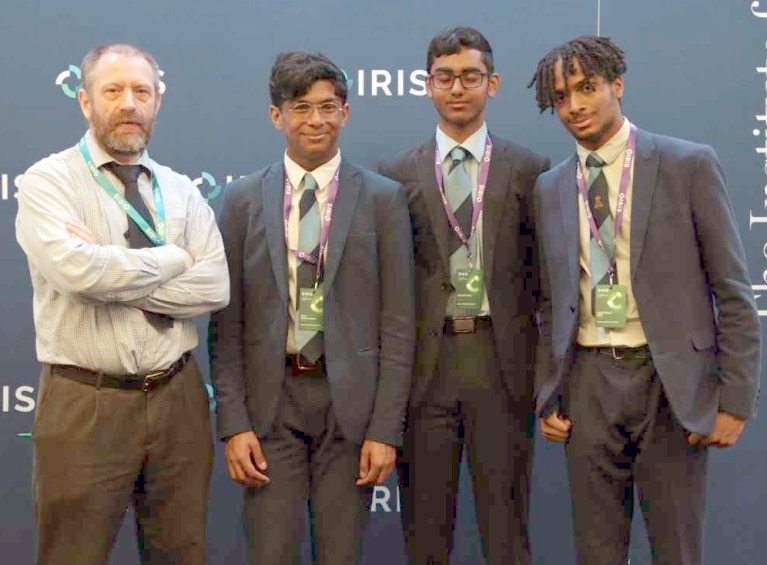
Queen Elizabeth’s School has been recognised for its commitment to pupil-led research after three sixth-formers impressed experts at a London conference with their presentation about robot navigation.
Headmaster Neil Enright has now received a certificate from the Institute for Research in Schools (IRIS) following the trio’s triumph earlier this year. They were one of only eight groups selected to present their research at the IRIS conference and were then singled out by one of the leading scientists there as her “highlight of the conference”.
In a letter accompanying the certificate, IRIS deputy director Marcus Bernard wrote: “I wanted to personally write to you and highlight the fantastic work of your colleague, Jonathan Brooke [Head of Physics], who went above and beyond to enable students at your school to carry out student-led research…
“It was a real pleasure to meet your students…They spoke eloquently and confidently about their research and were extremely well behaved, I was very impressed. They are an absolute credit to you and your team.”
Mr Enright today congratulated the three Year 13 pupils, Bhunit Santhiramoulesan, Heemy Kalam and Jashwanth Parimi on their success. “They chose the most challenging of the four options available to them – the ‘original research’ option – and then worked hard over a seven-month period, before delivering a confident, well-executed talk at short notice at the conference.”
IRIS develops opportunities for secondary-age pupils to participate in authentic research in schools and organises conferences at which pupils can share their research with their peers from other schools and the wider academic community. Around 50 other projects were displayed at the conference in which the QE boys took part. Representatives of just eight of those projects were invited to make presentations.
The QE presentation summarised the trio’s research project on automating the navigation of robots with limited sensing capabilities. They were given just two days’ notice that they would have to give their presentation.
The project had involved designing and creating a framework that generated minimal-error paths for a robot to take, given some set of points for it to pass through. They used deep reinforcement learning (a sub-field of machine learning) to achieve this, training the robot on generated paths and using a formula they had derived to quantify how good this path was.
 Mr Brooke, who accompanied them to the conference, said: “Every step of the process was driven by the initiative of the boys, and it was fitting that one of the guests on the Scientist Panel that concluded the event, Dr Harshnira Patani, Senior Scientist Pharmacology at MSD (one of the world’s leading pharmaceutical companies), singled out the boys’ presentation as her highlight of the conference, making particular note of their use of machine learning.”
Mr Brooke, who accompanied them to the conference, said: “Every step of the process was driven by the initiative of the boys, and it was fitting that one of the guests on the Scientist Panel that concluded the event, Dr Harshnira Patani, Senior Scientist Pharmacology at MSD (one of the world’s leading pharmaceutical companies), singled out the boys’ presentation as her highlight of the conference, making particular note of their use of machine learning.”
Through working on the project, Jashwanth said, the three had developed their “research and self-study skills, pushing ourselves to comprehend mathematics beyond the traditional syllabus, ranging from understanding neural networks to multivariable calculus”. He added that hearing from people with PhDs at the conference had made him consider research “as a possible future pathway”.
Heemy said: “Taking on a project with a lot of complex research independent of teacher assistance was the main challenge we faced, alongside coordinating the time spent reading literature with other schoolwork and activities.”
Bhunit added: “One of the highlights was being given the opportunity to present in front of hundreds of students and teachers , as well as being mentioned by Dr Patani as one of the projects that she found impressive.”

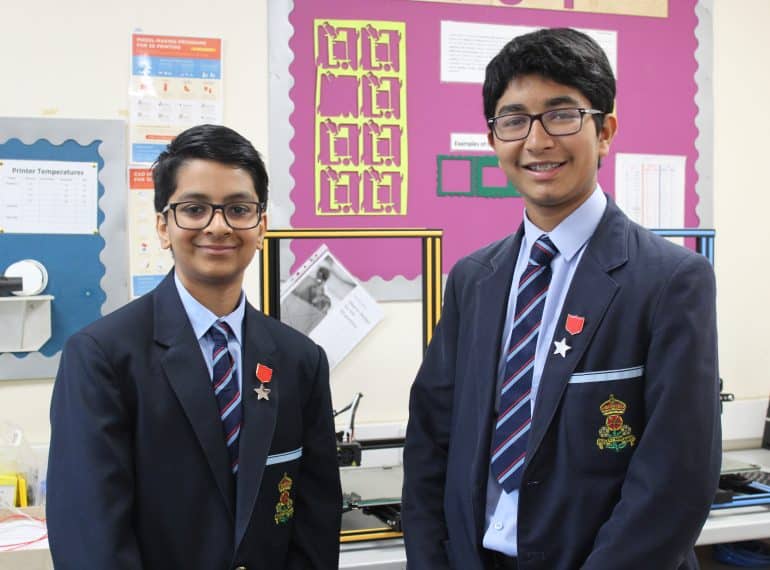
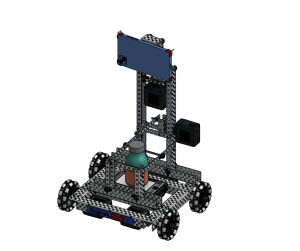 Their Buginator robot is designed to help farmers combat swarms of pests, thus protecting precious ecosystems while the farmers remain safely inside.
Their Buginator robot is designed to help farmers combat swarms of pests, thus protecting precious ecosystems while the farmers remain safely inside.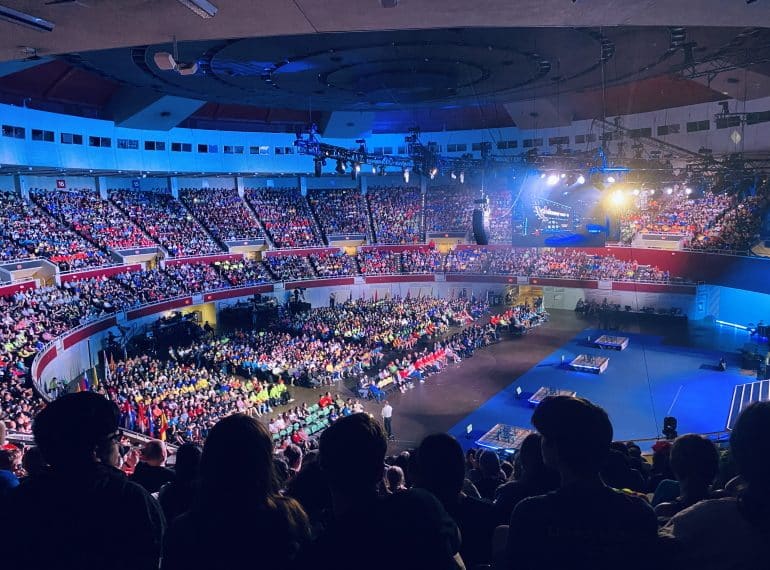
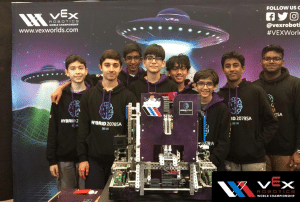 “The final stages of the match were met with rapturous applause from UK supporters…and Hybrid were suddenly the great hope of UK teams and mentors,” Mr Noonan said. “With this, confidence levels in the team grew, and they swatted the semi-final challenge of a once-again higher-ranked alliance with ease, with a score of 163-76.” Their “fairy-tale journey” then came to an end as they lost out to a very high-scoring alliance.
“The final stages of the match were met with rapturous applause from UK supporters…and Hybrid were suddenly the great hope of UK teams and mentors,” Mr Noonan said. “With this, confidence levels in the team grew, and they swatted the semi-final challenge of a once-again higher-ranked alliance with ease, with a score of 163-76.” Their “fairy-tale journey” then came to an end as they lost out to a very high-scoring alliance.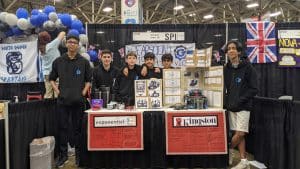 “All teams put in an incredible effort, but none managed to secure that coveted prize of a place in the world finals,” said Mr Noonan. Nevertheless, Gearsquad won an Inspire Award and a top-50 place for Skills, while Nova, Cyberforce, Rubber Bands and Eclipse all secured online challenge awards.
“All teams put in an incredible effort, but none managed to secure that coveted prize of a place in the world finals,” said Mr Noonan. Nevertheless, Gearsquad won an Inspire Award and a top-50 place for Skills, while Nova, Cyberforce, Rubber Bands and Eclipse all secured online challenge awards.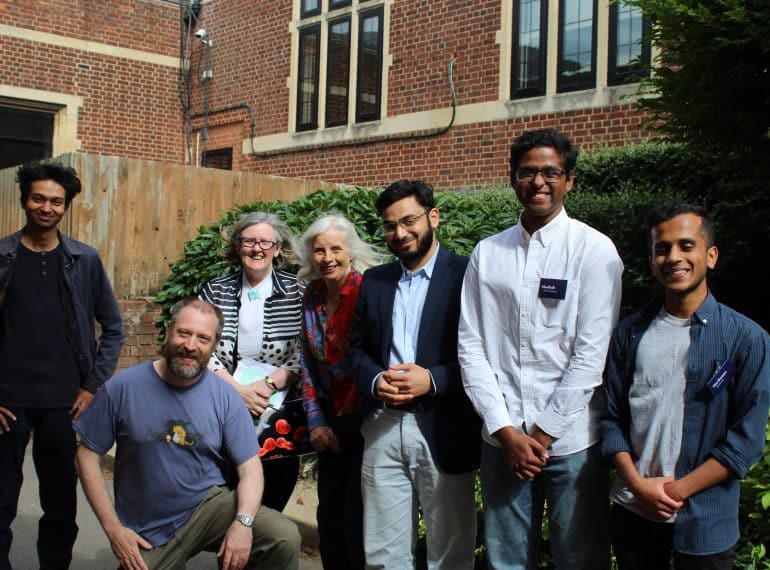
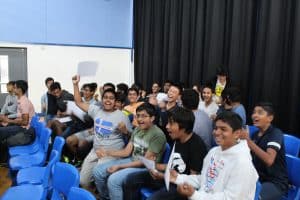 Lending their expertise and experience on the day were four 2017 leavers: Aadil Kara, Neelesh Ravichandran and Harikesan Baskaran and Suchira Peiris. Aadil, Neelesh and Harikesan all got through to the national stages of the UK Space Design Competition (Galactic Challenge’s ‘big brother’ for older pupils) when they were in Year 13, with Aadil going on to reach international level.
Lending their expertise and experience on the day were four 2017 leavers: Aadil Kara, Neelesh Ravichandran and Harikesan Baskaran and Suchira Peiris. Aadil, Neelesh and Harikesan all got through to the national stages of the UK Space Design Competition (Galactic Challenge’s ‘big brother’ for older pupils) when they were in Year 13, with Aadil going on to reach international level.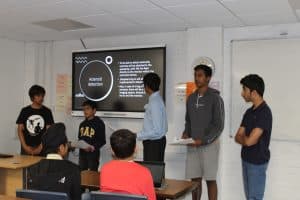 The challenge has two main objectives: to help foster pupils’ interest in Science, Technology, Engineering and Mathematics (STEM), and to help them develop so-called ‘soft skills’, such as team-working, communication, and the ability to solve complex problems.
The challenge has two main objectives: to help foster pupils’ interest in Science, Technology, Engineering and Mathematics (STEM), and to help them develop so-called ‘soft skills’, such as team-working, communication, and the ability to solve complex problems.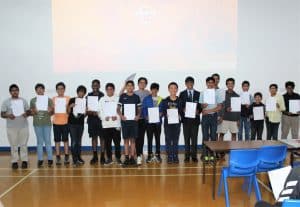 Suchira left QE to read Politics and International Studies at the University of Warwick, before securing a role as a consulting data analyst at the Information Lab. He said: “As a volunteer it was inspiring to see how engaged and active the students were in the competition, the out-of-the-box thinking, novel problem-solving and, in nearly every case, a board-worthy presentation!”
Suchira left QE to read Politics and International Studies at the University of Warwick, before securing a role as a consulting data analyst at the Information Lab. He said: “As a volunteer it was inspiring to see how engaged and active the students were in the competition, the out-of-the-box thinking, novel problem-solving and, in nearly every case, a board-worthy presentation!”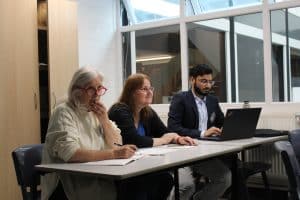 After trailing team Astrodyne Delta through the early stages of the competition, Solaris Flight Systems came through in the final stage to secure victory by the tightest of margins, winning contracts worth £320bn, against Astrodyne Delta’s £315bn. Infinity Airspace were not too far behind, on £300bn, with all three impressing the judges and securing contracts.
After trailing team Astrodyne Delta through the early stages of the competition, Solaris Flight Systems came through in the final stage to secure victory by the tightest of margins, winning contracts worth £320bn, against Astrodyne Delta’s £315bn. Infinity Airspace were not too far behind, on £300bn, with all three impressing the judges and securing contracts.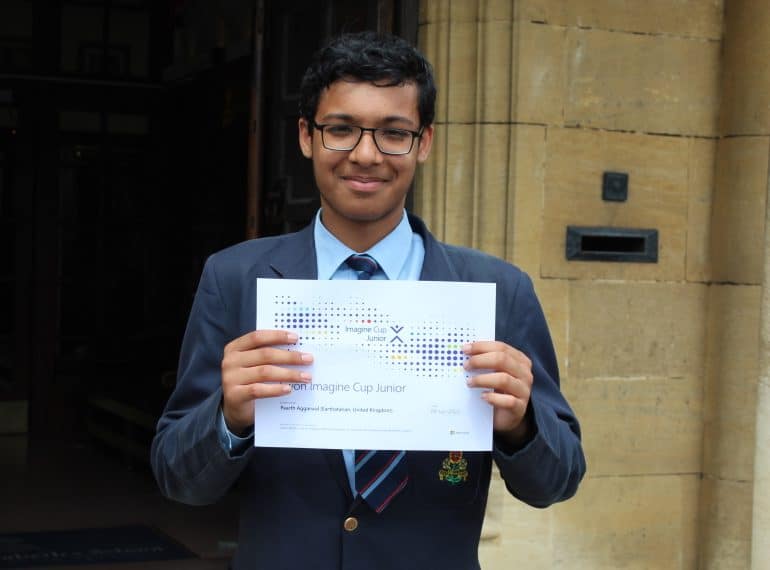
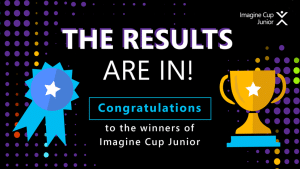 The competition, which challenged participants to submit creative ideas to solve some of the planet’s biggest issues using the power of artificial intelligence (AI), attracted thousands of entries from around the world.
The competition, which challenged participants to submit creative ideas to solve some of the planet’s biggest issues using the power of artificial intelligence (AI), attracted thousands of entries from around the world.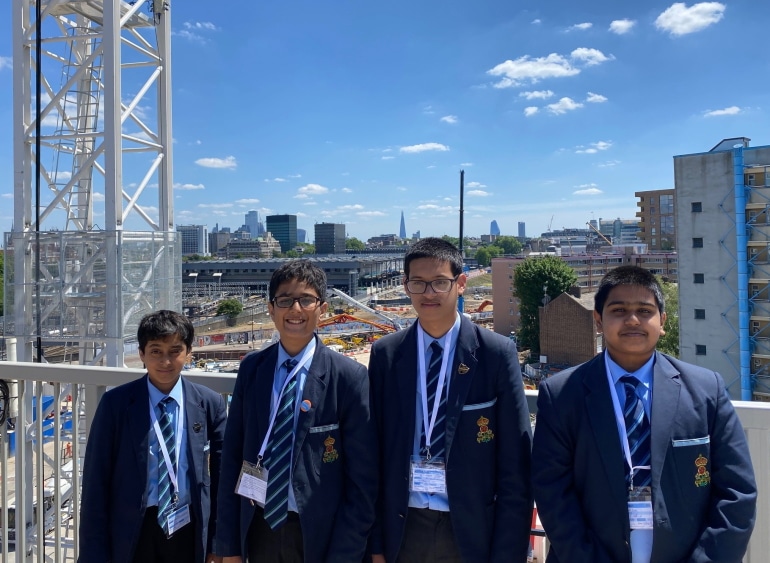
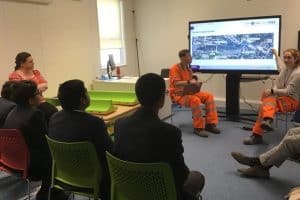 In the event, their visit was to one of the UK’s biggest current civil engineering sites. Euston Station will be the London terminus for HS2 and will double the seat capacity for trains leaving Euston during peak hours. The plans include a ‘seamless’ connection between the Northern, Victoria, Circle, Hammersmith and City and Metropolitan lines at Euston. The project forms part of a regeneration scheme in central London spanning 60 acres.
In the event, their visit was to one of the UK’s biggest current civil engineering sites. Euston Station will be the London terminus for HS2 and will double the seat capacity for trains leaving Euston during peak hours. The plans include a ‘seamless’ connection between the Northern, Victoria, Circle, Hammersmith and City and Metropolitan lines at Euston. The project forms part of a regeneration scheme in central London spanning 60 acres. “The trip to HS2 was fascinating and gave me a very useful insight into the day-to-day life of a civil engineer,” said Snehal. “I also learned how they impact our lives everyday by improving transport networks throughout the UK.’
“The trip to HS2 was fascinating and gave me a very useful insight into the day-to-day life of a civil engineer,” said Snehal. “I also learned how they impact our lives everyday by improving transport networks throughout the UK.’